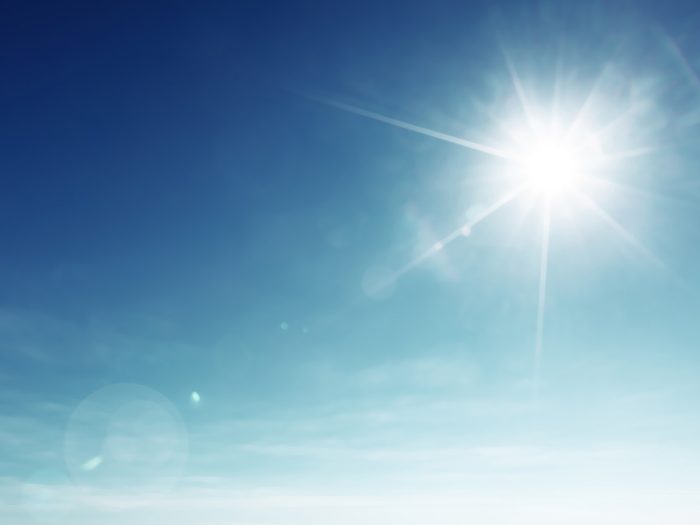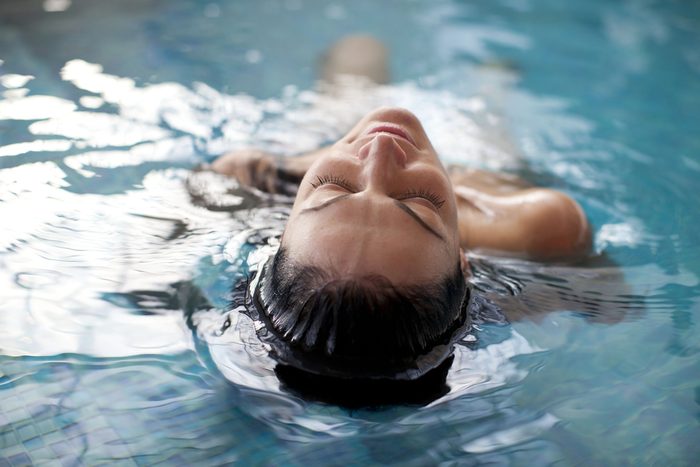
Bug Bites
Mosquitoes, bees, wasps, ants and spiders. Is your skin crawling yet? The itching, swelling and pain of insect bites are due to the venom and other substances left behind. Sometimes there is a delayed reaction with additional symptoms (hives, painful joints, fever and swollen glands). Although most people react mildly, bites can be treated by removing the stinger, if there is one, and washing the area with soap and water.
A small number of people experience a severe reaction, with symptoms such as swelling of the throat and lips, nausea, respiratory problems, faintness, dizziness, rapid heartbeat, confusion and shock. If you’re experiencing these symptoms, get emergency help right away. People with known allergies to insect bites should carry self-injectable epinephrine (EpiPen).
Health Canada advises minimizing exposure to insects, covering up, and apply insect repellent (after sunscreen).

Lyme Disease
Spread by deer ticks and western black-legged ticks, Lyme disease is a serious illness with two stages. The first stage is a circular rash around the bite. This rash appears three days to a month later, with symptoms like fever, chills, fatigue, headache, and joint and muscle pain. Without antibiotic treatment, victims develop rashes, weakness, stiff and swollen joints, an abnormal heartbeat, extreme fatigue and nervous system problems. The second stage involves neurological symptoms and arthritis.
Ticks live in areas that are wooded or have tall grass. According to Health Canada, those at a greater risk of Lyme disease are those who are golfing, hiking, fishing, camping and hunting.
Consult your local public health office about infestations. When visiting these places, wear insect repellent with DEET, long sleeves that fit wrists closely, long pants tucked into your socks, and close-toed footwear. Health Canada says Lyme disease can be treated effectively in 2 to 4 weeks with antibiotics.
Do a daily tick check. To remove ticks, use tweezers to grasp the head and mouth parts as close to the skin as you can, and slowly pull without squishing or twisting. Wash the site with soap and water, and save the bug in a container or sandwich bag. For more information, visit Health Canada. If you experience any symptoms, contact a doctor.

Sunburn
Sunburn is the painful reddening of the skin after overexposure to sunlight. So to avoid getting burned, stay in the shade, especially during peak hours (11 a.m. to 4 p.m.). Be sure to cover up with clothes and a wide-brimmed hat and apply broad-spectrum sunscreen with minimum SPF 15 to exposed skin. Don’t forget to reapply sunscreen regularly, especially after sweating or swimming.
If sunburned, Health Canada advises taking a cool shower and drinking extra fluids for two to three ways. Apply aloe gel, but avoid lotions that keep heat in the skin.
If the burn is very painful or blistered, or if there are additional symptoms like facial swelling, nausea, fever or chills, rapid pulse, rapid breathing, confusion, dizziness or signs of skin infection, get immediate medical help.

Heatstroke
Kamloops, B.C., is the Canadian city with the most days hitting 30 degrees Celsius or higher, so we asked local experts for advice on heatstroke, a condition in which body temperature rises to 40 degrees Celsius or higher.
The body is usually able to regulate temperature via sweating or blood-flow changes to the skin, explains Dr. Nick Balfour, regional medical director with BC Ambulance Service (BCAS). “However, in extreme heat, high humidity, or during vigorous physical exertion, the body may not be able to dissipate heat and the body temperature rises. Heatstroke is a very serious medical condition that can have damaging or potential fatal implications if not immediately treated.” Note: Symptoms of heatstroke include an extremely high body temperature; red, hot, dry skin; a rapid pulse, a throbbing headache, nausea, dizziness, confusion, and unconsciousness.
Avoid overheating by staying in the shade and drinking plenty of water, advises Troy Clifford, a primary care paramedic with BCAS. “If you notice that an individual is experiencing the signs and symptoms associated with heatstroke, call 911 immediately and get out of the sun. Emergency medical dispatchers will provide instruction and support while paramedics are en route.”

Poison Ivy, Poison Oak and Poison Sumac
The sap of these plants can cause allergic skin reactions: itching, blisters, burning, redness and swelling. They can also affect the eyes and mouth. If you touch one, wash the affected area with soap and water to prevent a reaction within an hour of contact. Flush out your eyes with water, too, and wash your clothes. Relieve itching with an antihistamine ointment.
Rashes usually aren’t serious, but if the reaction is severe, seek medical attention. If you think you’ve been in contact with Poison Ivy, Health Canada recommends washing the affected area with soap and cold water immediately.

Swimmer’s Ear
If you’ve been splashing around at the lake or beach and now your ear is inflamed or irritated, you’ve likely got swimmer’s ear. Symptoms include itchiness, pain, greenish or yellowish discharge, and hearing loss. Your doctor may prescribe antibiotic ear drops, plus medications for itching, inflammation and pain.
Bacteria and pollution cause swimmer’s ear, but so do objects lodged in the ear, scratching the ear or irritating the skin by trying to clean wax from the canal. Dry your ears thoroughly, avoid dirty water, and don’t stick anything in your ear canals!

Food Poisoning
There are 11 million cases of foodborne illness in Canada annually, and many people who get sick don’t realize what’s happening. Pathogens such as salmonella, shigella, campylobacter, E. coli and listeria are uninvited guests at summer get-togethers.
Depending on the microorganism, they can cause symptoms like fever, chills, abdominal pain, diarrhea, bloody stools, nausea, vomiting and dizziness, hours or days after exposure. Serious cases can lead to death.

Eye Damage
Sunlight, including light bouncing off water, sand and concrete, can burn your corneas, a painful condition known as photokeratitis. Over time, exposure to UV can age your eyes’ lenses, leading to cataracts, macular degeneration and other vision problems.
Protect your eyes with a hat and sunglasses that shield against UVA and UVB rays. You could also spend less time outdoors when the sun is strongest (11 a.m. to 4 p.m.).
Next: Why You Really Need to Wear Sunglasses, According to Doctors
